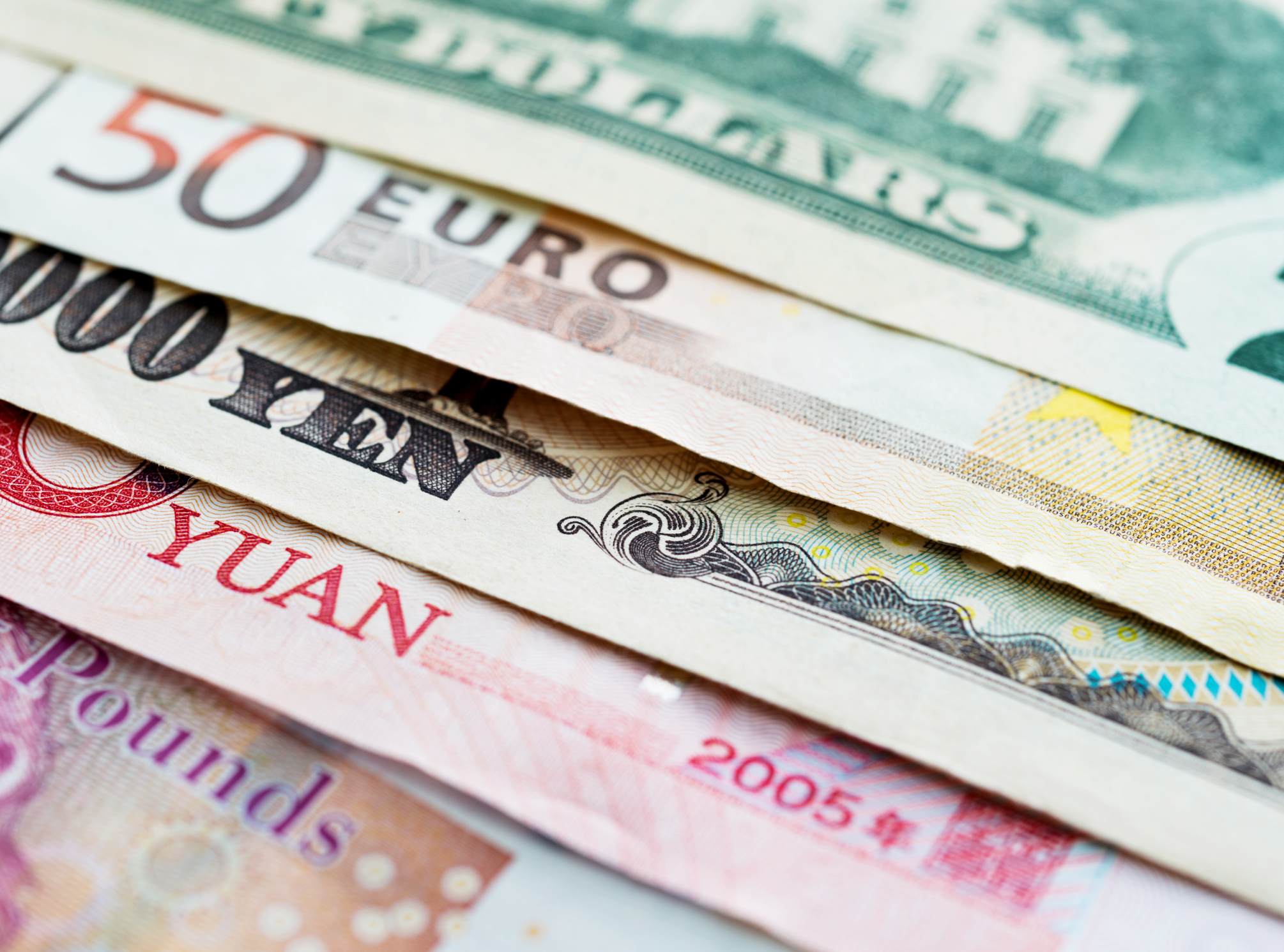
Economics is one of the smaller and less talked about aspects of social studies, but a no less important concept for students. Even saying economics might spur boredom and even put some middle school readers to sleep. This feeling is entirely understandable for most that are uninterested in the subject. Despite the lack of interest by most students (and some teachers), it is still in the curriculum, particularly at the secondary level, and needs to be taught.
How do we go about making economics interesting for middle schoolers? How can we get students interested in something as (seemingly) boring as economics? There are many strategies and lessons, but teaching through simulations and currency exchange are two ways I’ve found to be helpful in the classroom. Keep reading below!
Simulations
Simulation-based learning is a great way to engage students in almost any subject, and it is especially useful when teaching social studies at the middle school level. When teaching Economics, the four factors of production are often talked about because they are a crucial component when understanding economics. The following is a simulation that you can run to teach about the factors of production.
Factors of Production Simulation
For this simulation, you will need a class set of scissors and a lot of paper. This simulation will run in rounds. Give the students one pair of scissors and 2-3 pieces of paper for the first round. Give the students three minutes to cut as many shapes as possible from the paper. (The shape that they cut is up to you.) Once the first round is over, walk around the room and investigate the shapes that the students cut out. Ask the students the following questions:
- How many shapes did you make?
- Are they all the same?
- Which factor of production do you represent?
- Which factor of production do the scissors represent?
- Which factor of production does the paper represent?
For the second round, have students try and make the same shape the same way. The best way to do this is to provide rulers and have them cut shapes with specific measurements. Give them less time than you did for the previous round. At the end of the round, investigate the shapes the students made. Ask them the following questions:
- Did you make more or less shapes this time?
- Was it more difficult to make shapes according to the measurements I provided?
- What does the addition of the ruler represent?
For the third and final round have the students do exactly what they did in the second round. The difference with this round is that students will have to try and sell their shapes by starting their businesses at the end of the round. Starting their businesses is essentially just having your students give you and their peers a sales pitch for their shapes. After the sales pitch, ask the students the following questions:
- What makes new businesses successful?
- What makes new businesses fail?
- How is entrepreneurship a factor of production?
- How did we use the factors of production in this activity?
This simulation can be run any way you need to fit your classroom. There are also numerous other simulations that you can run to teach the factors of production on our Active Classroom platform. See link below to try a free 30-day trial.

Currency Exchange
Another concept that is often taught in middle school Economics is currency exchange. Currency exchange is often taught as a part of a lesson on global trade. It can be a confusing concept to many students, especially when the exchange rate is introduced. Fear not, there are ways to make this interesting and fun for your students.
There are a lot of ways that you can teach currency exchange and the exchange rate. The following are some examples of things you can do:
- Have foreign currency in your classroom and allow students to interact with it.
- Create an activity where students will have to calculate and convert currency to purchase an item.
- Have students look up different currencies and their exchange rates.
- Practice exchanging currency as a class by using Google’s currency exchange feature.
Having that physical currency will help students realize that currency exchange is real and that it is used like they use the United States Dollar (USD). You can also run a simulation where students will have to exchange currency with each other as they travel to different countries.
These strategies will allow students to be more engaged with economics beyond notes slides and textbook pages. Countless resources will help you teach economics effectively. If we can implement more of these strategies, economics will become more interesting not only for students but for teachers as well.
Active Classroom has hundreds of middle school economics activities for students to practice learned concepts
Try a free 30-day trial today
Brendan King is a blog contributor for Social Studies School Service. He loves the study of history and reading any historical work he can get his hands on. More importantly, he is passionate about teaching history and social studies in fun and unique ways. He earned his B.A. in History at the University of West Georgia and currently teaches 6th Grade Social Studies. His hobbies include reading, playing video games, watching movies, and exercising.
